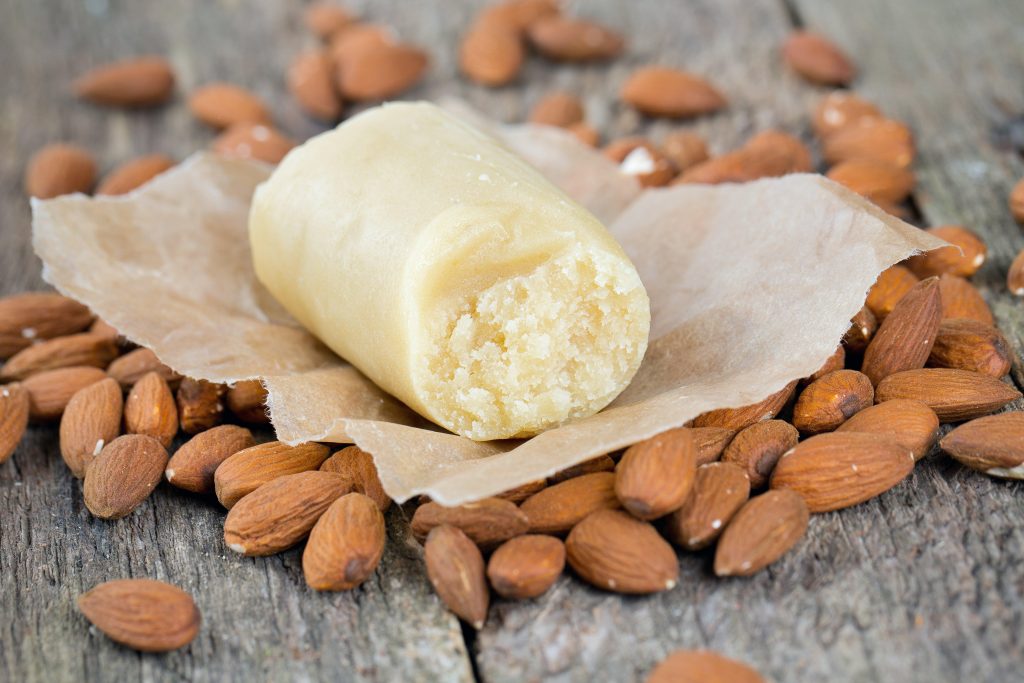Mazapan workshop
Marzipan (mazapán in Spanish) is a paste made by grinding and kneading sweet almonds with sugar. It is shaped into charming figures, glazed and decorated.
Marzipan devolved from an Arabic sweetmeat, much like halva, for the Arabs introduced the cultivation of both almonds and sugar to Spain after their early domination of Iberian lands in 711.
After the Reconquest of Spain, the art of confecting marzipan was kept alive in convents in Toledo, a medieval city southwest of Madrid. Cloistered nuns prepared the sweets as gifts to their benefactors or, in another legend, as a substitute for bread in a time when invading troops had destroyed wheat fields. Mazapan looks a lot like bread dough: masa—dough—and pan—bread. Several convents in Toledo are, even today, known for their marzipan.
A master pastelero rolls out a slab of marzipan—50% almonds, 50% sugar—breaks off little pieces and, with sleight of hand, a sculptor’s nimble fingers, shapes them into tiny mice, snails and swans. With a tiny hooked knife, he incises eyes, noses, scales, tails. Once dried, they will be glazed with colors.
Since the 13th century, toledanos have been making the authentic almond marzipan. Well, now is your opportunity to learn how to do it! Now visitors to the city can learn marzipan’s best-guarded secrets, create their own delectable figurines, bake them and sample them fresh out of the oven, like a true toledano. A hands-on workshop ideal for enjoying a few hours in an informal, fun environment, learning medieval baking.
Discover with us marzipan and all the history that surrounds it while we show you the medieval Toledo





